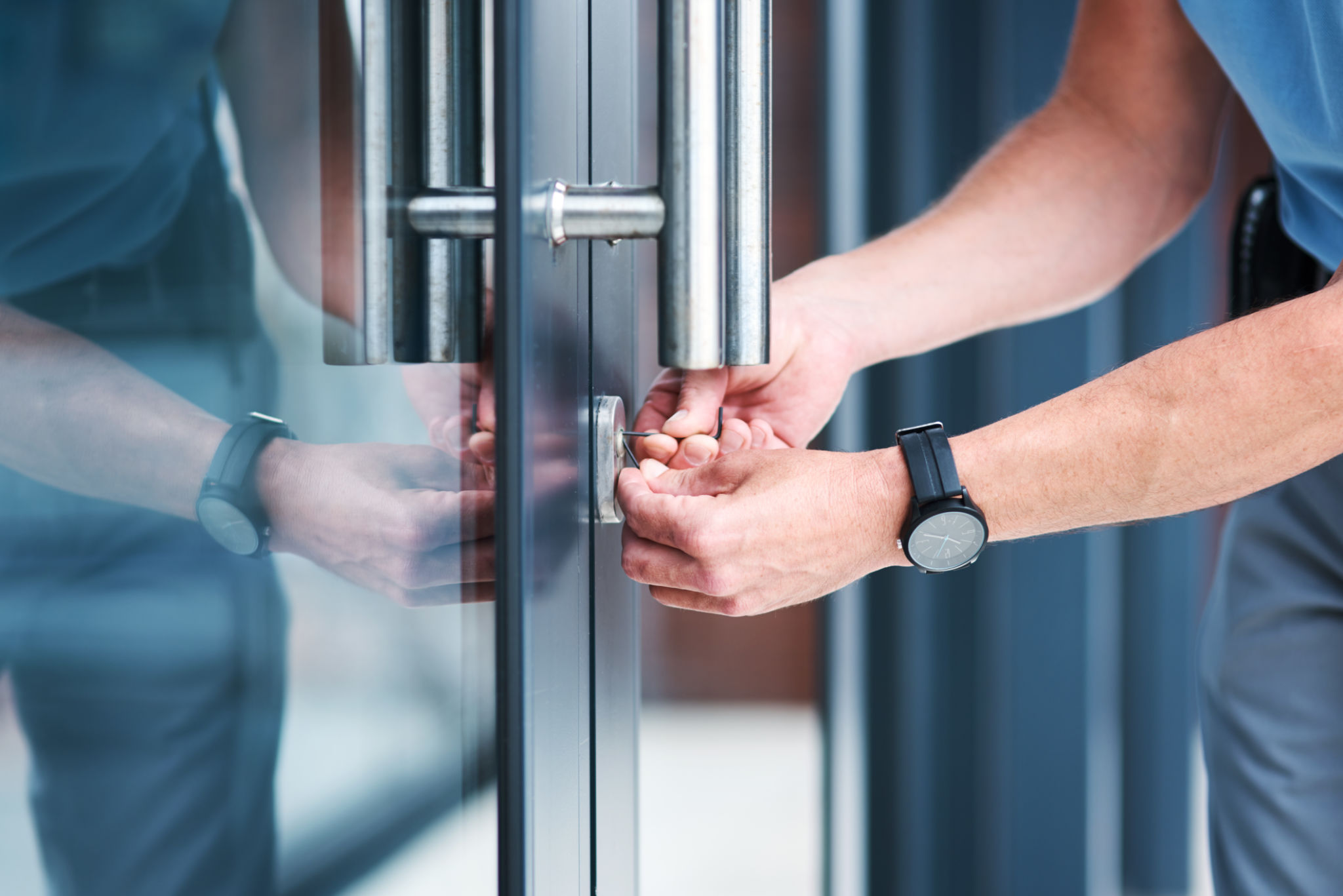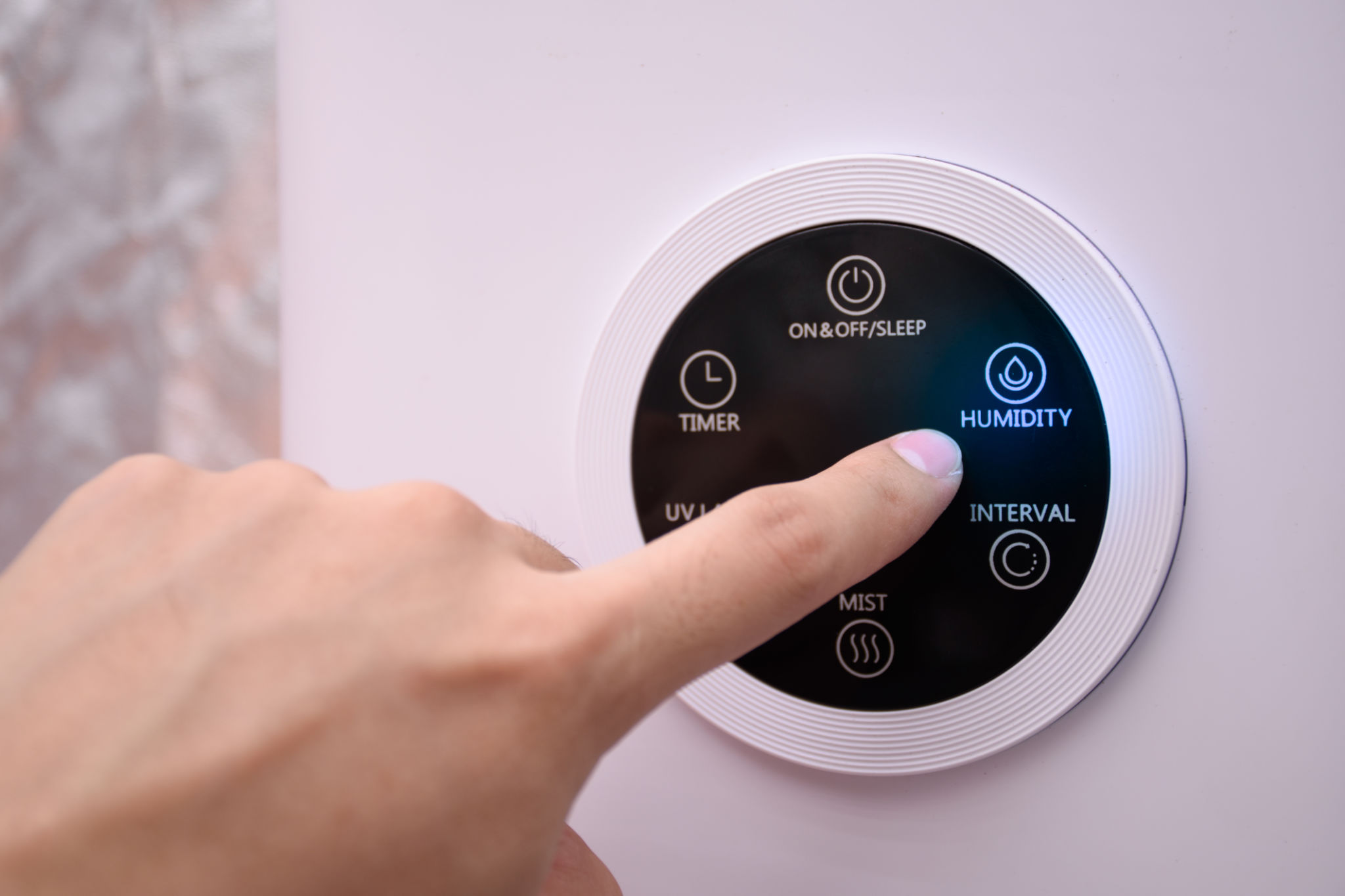Expert Advice on Maintaining Your Safe for Long-Term Use
Understanding the Importance of Safe Maintenance
A safe is an essential investment for protecting valuable items such as documents, jewelry, and other important assets. However, to ensure your safe remains effective over the long term, regular maintenance is crucial. Proper maintenance not only extends the life of your safe but also ensures it functions optimally when you need it most.

Many people overlook the significance of safe upkeep, assuming that once installed, it requires no further attention. However, like any other security device, a safe needs periodic checks to maintain its integrity and reliability. Ignoring this can lead to malfunctions or even compromise the security of the contents inside.
Regular Cleaning and Inspection
One of the simplest yet most effective maintenance tasks is regular cleaning. Dust and debris can accumulate in and around the locking mechanism, potentially impacting its performance. To clean your safe, use a soft cloth to wipe down both the exterior and interior surfaces. Avoid using harsh chemicals that can damage the finish or internal components.
Inspecting your safe regularly is equally important. Check for signs of wear and tear on the locking mechanism, hinges, and bolts. Any unusual sounds or difficulty in operating the lock should be addressed immediately to prevent further damage.

Lubrication of Moving Parts
Ensuring that all moving parts of your safe are well-lubricated is vital for smooth operation. Over time, friction can cause components to wear out prematurely. Use a high-quality lubricant specifically designed for safes, applying it to the hinges and bolts as needed. Be careful not to over-lubricate, as excess oil can attract dirt and grime.
Testing the Locking Mechanism
The locking mechanism is at the heart of your safe's security. Regularly test it to ensure it's functioning smoothly. If you have a combination lock, turn the dial several times to confirm it opens and closes without resistance. For electronic locks, check the keypad and battery compartment for any signs of damage or corrosion.

For safes with electronic locks, it's advisable to replace the batteries annually or as recommended by the manufacturer. Doing so ensures that the lock remains operational even during unexpected power failures.
Professional Servicing
While many maintenance tasks can be performed by the owner, enlisting professional servicing periodically is a wise decision. Safe technicians have the expertise to identify potential issues that might not be apparent to an untrained eye. Regular professional check-ups can prevent costly repairs in the future.
Maintaining Environmental Conditions
Environmental factors such as humidity and temperature can affect your safe's performance. High humidity levels can lead to rust and corrosion, especially for safes made of metal. To combat this, consider using a dehumidifier or placing silica gel packets inside the safe to absorb excess moisture.

Additionally, avoid placing your safe in areas that experience extreme temperature fluctuations. These conditions can weaken the materials over time and compromise security.
Conclusion: A Secure Future
Maintaining your safe is an ongoing process that requires attention to detail and commitment. By following these expert tips, you can ensure your safe remains a reliable guardian for your valuables for years to come. Remember, a well-maintained safe not only protects your belongings but also provides peace of mind.
